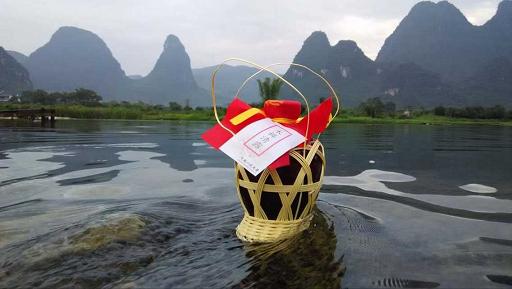Strictly speaking, wine is the product of fermenting grape juice. Alcoholic beverages produced by fermenting the starch found in cereal grains like rice are thus not technically wine as such. As they utilize grains, so-called starch or cereal wines such as Japanese sake or Chinese huangjiu could be considered more akin to beer than wine, yet the finished alcoholic beverage is so disparate from beer that this description is very misleading. The organoleptic qualities of a fermented cereal beverage such as rice wine are much more like grape wine and this is often the context used for its description. Rice wine typically has a higher alcohol content, 20%–45% ABV, than grape wine (9%–16%), which in turn has a higher alcohol content than beer (usually 3%–12%). Rice wines are used in Asian gastronomy much the same way as grape wines are used in European cuisine, e.g. at formal dinners and banquets and in cooking. Secondly, rice wines are used in a religious and ceremonial context in a manner that grape wine was used in ancient Greek and Roman civilizations and is still used in the modern Christian eucharist ceremony. Rice wines are also revered in the arts and literature of Asian cultures much the same way grape wine is in European culture. Beer is rarely used in any of the former contexts, so in the eyes of many rice wine is the correct cultural translation for the fermented cereal beverages of Asia.
As with Guilin, the local drink is Guihua-Rice-Wine (Osmanthus Wine,with colors varying from pale yellow to yellow), made from Yulong village, 25%–35% ABV, which in turn has a higher alcohol content than beer (usually 4%–12%).This Osmanthus wine flavours rice wines with full osmanthus blossoms and is traditionally consumed during the Mid-Autumn Festival.
Next to the F hotel there is a traditional rice wine factory.They still make rice wine here in a traditional way. The owner discovered that the rice wine goes very well with the taste of the osmanthus flower, so he mixed these flavors with the wine. That resulted in a sweet light tasting and a very nice osmanthus smell.
You can taste the osmanthus wine yourself, and even see how wine is made in the winery. If you want to visit the winery, please ask one of the staff.
